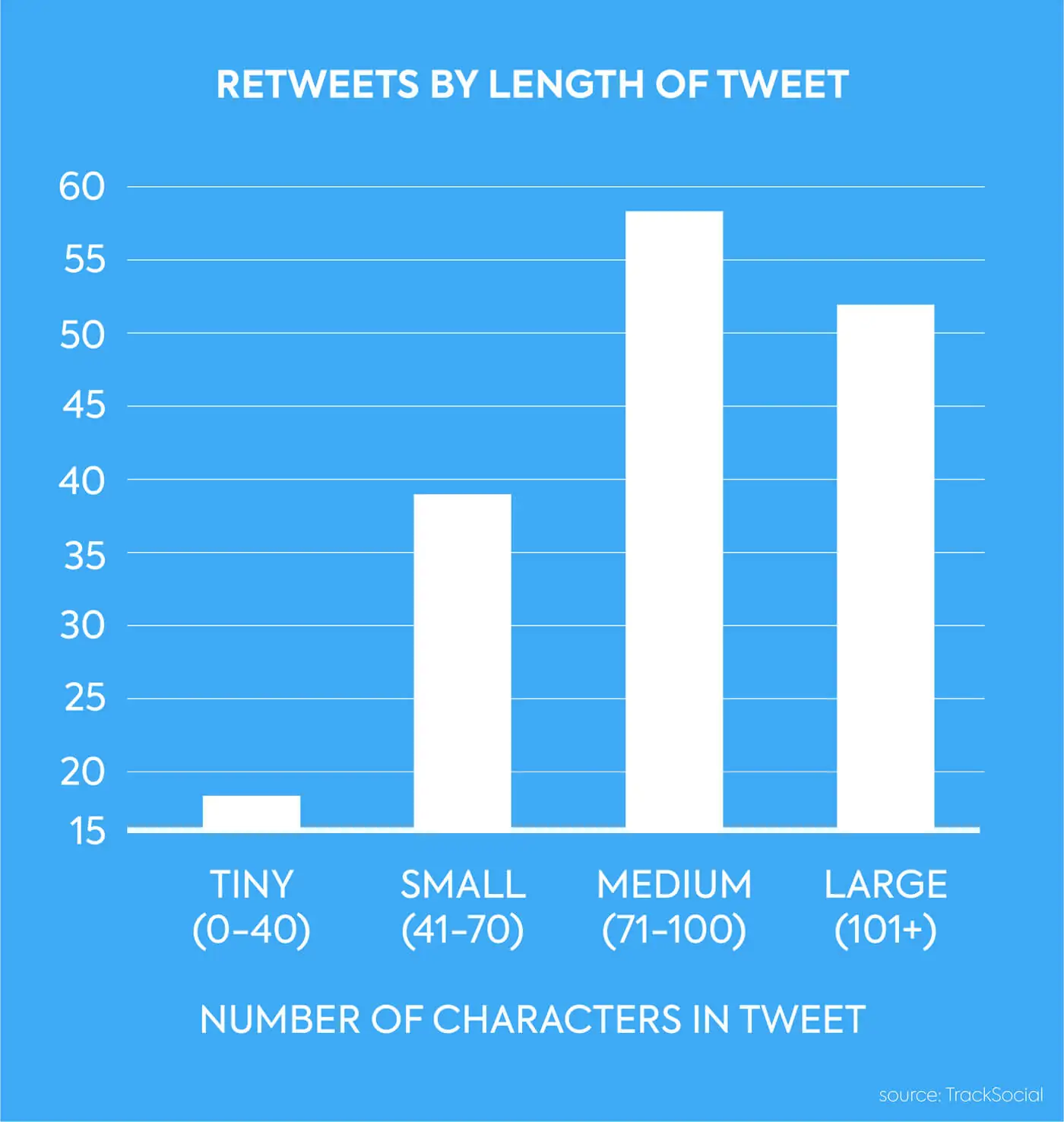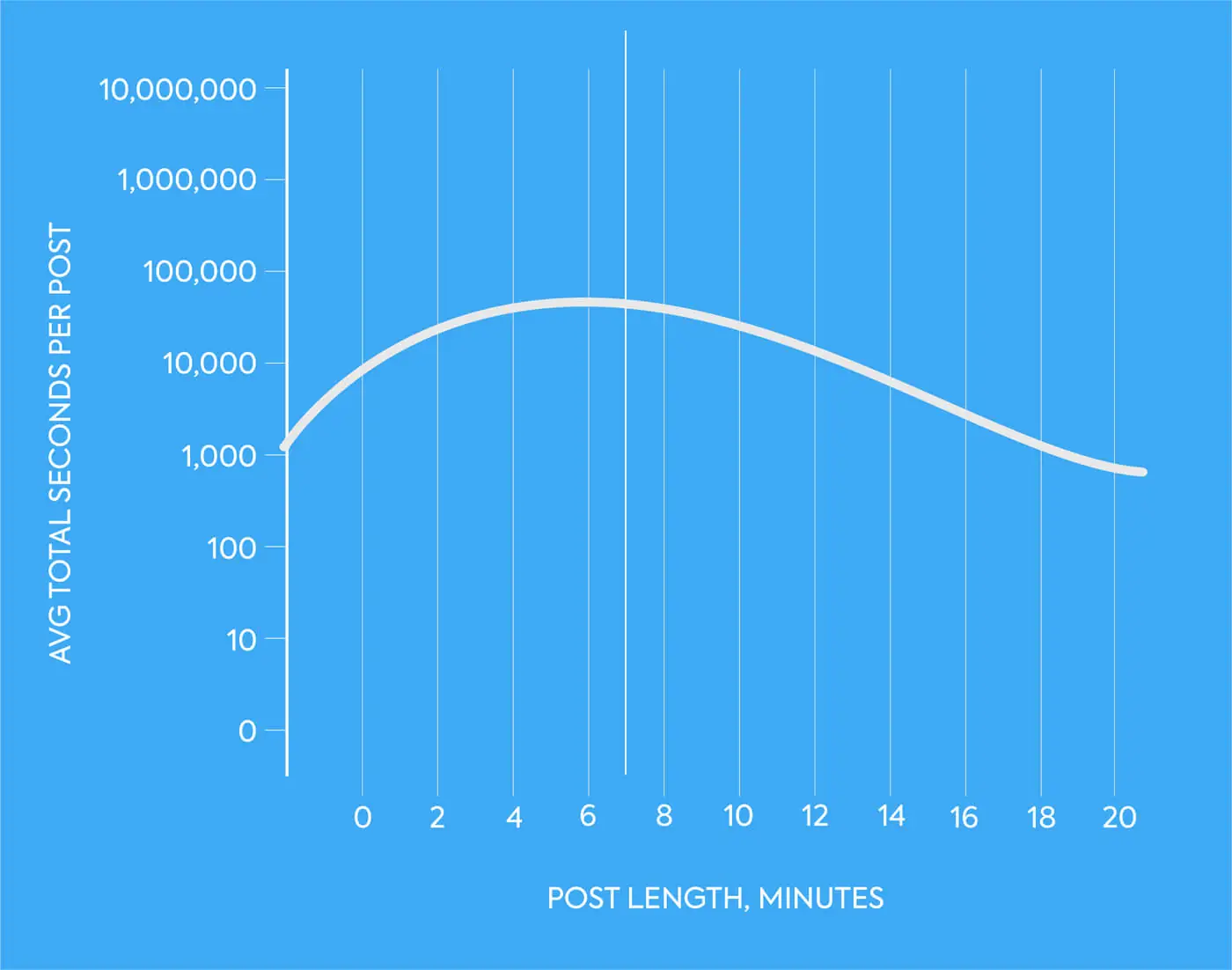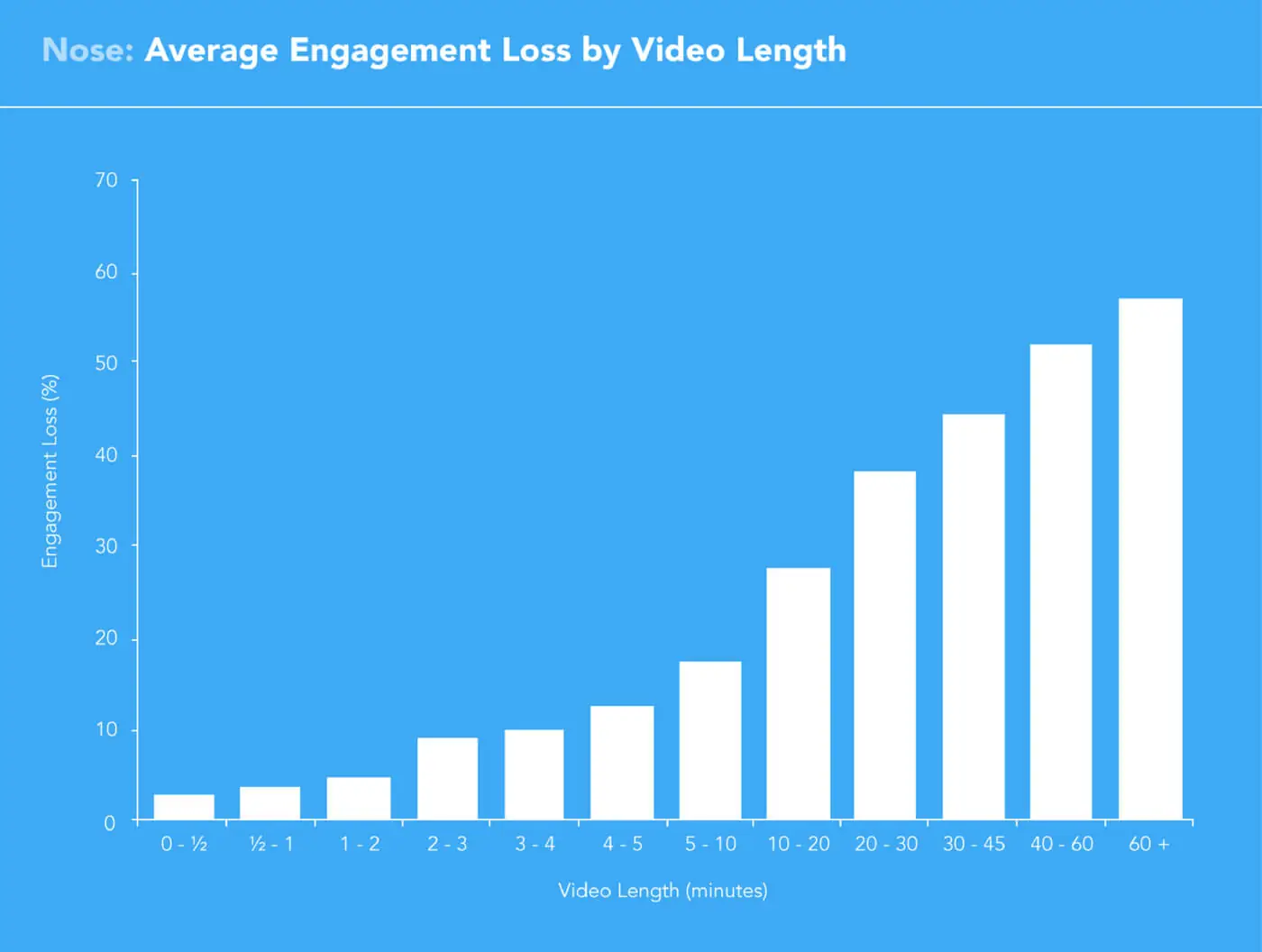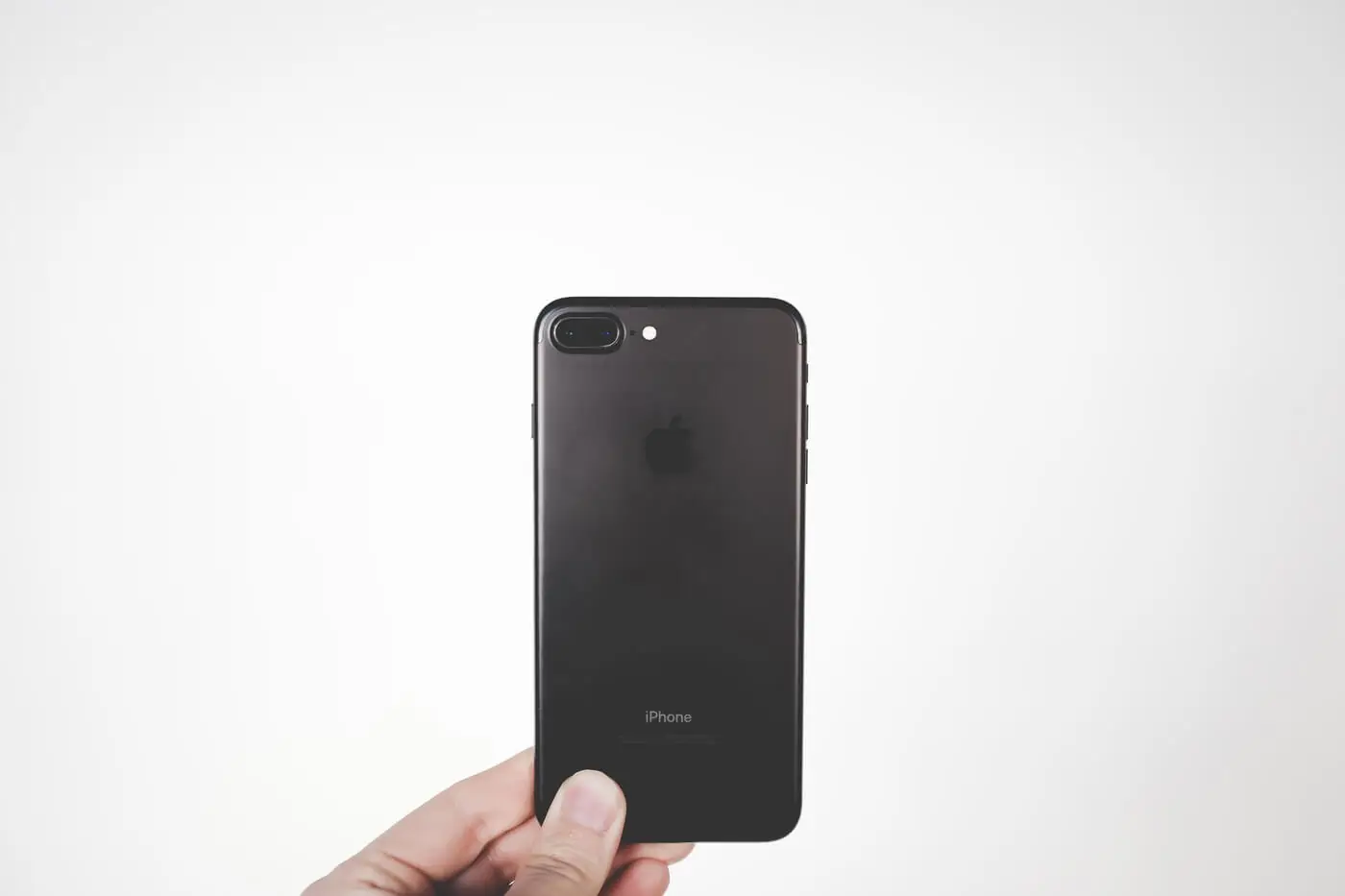As a marketer, your actions revolve around numbers and content created to help meet those numbers. In fact, 32% of a B2C companies’ marketing budget is typically allotted to content marketing. Likes, number of click-throughs, number of mentions, and number of impressions are calculated and analyzed time and time again to build out measurements that’ll serve as a reflection of the impact your content has on any desired audiences being targeted.
While the meat of the content created month-to-month may vary, giving attention to content length (as it relates to various assets within your digital marketing strategy) can help you better hone in on not just the messaging of your campaigns, but their effectiveness in influencing your audience.
For instance, consider a digital medium that puts a hard stop on your character length from the get go: Twitter. As a marketer shaping content around this channel, you are forced to build out content around a 140 character limit. And while this 140 character limit may not be impacted by links or images/video anymore, you still have to take into consideration hashtags and mentions.
Designated character limits are not the only piece affecting content length, however. Substance, publishing frequency on various channels, formatting, visuals, and audience all play a role in determining where the end will fall.
This is why it’s important to think of these lengths as ideal. Facebook may give you a character limit of 63,206, but ideals remind you that optimal length falls around 40 characters. There are always outliers to the standard, and while you probably shouldn’t draft up a 60,000-word post tomorrow, you should be experimenting constantly with what works and what doesn’t with relation to your brand and business specifically. After all, you are the ones who know your audience best.
Short Form Content
 Twitter: You may be given 140 characters to play with on Twitter, but ideal lengths on the platform actually sit between 71-100. According to Buffer, tweets at 100 characters or fewer have been shown to receive a 17% higher engagement rate than others at a higher count. And retweets find a sweet spot in this range as well.
Twitter: You may be given 140 characters to play with on Twitter, but ideal lengths on the platform actually sit between 71-100. According to Buffer, tweets at 100 characters or fewer have been shown to receive a 17% higher engagement rate than others at a higher count. And retweets find a sweet spot in this range as well.
- Facebook: As mentioned above, over 60,000 characters is a lot to work with on this social platform, but keep in mind that this does not make Facebook a place where long form content thrives. In fact, 40 characters is the recommendation if you’re after higher engagement (86% higher in fact).
- Instagram: While the average caption length by brands on this channel falls at 138 characters, so far there’s been little correlation shown between caption length and its impact on engagement. This isn’t entirely surprising for a platform built around the power of imagery, so as long as messaging within your captions further adds value to the visual, write away. And when it comes to hashtags, the more the merrier. Posts with 11 or more hashtags have been found to garner up to 80% interaction, compared to those with 10 coming in at 22%.
- LinkedIn: Recommended length on LinkedIn is 25 characters, so quick intros and engaging headlines are key. Unlike other channels, people here aren’t looking to waste time sifting through a newsfeed.
- Pinterest: An image-heavy platform doesn’t necessarily call for the same caption focus as its counterparts. For this reason, keep things clear and concise with captions at less than 200 characters. Doing so has shown earn 80% more engagement in the form of repins, especially when a call-to-action is included. The best use of captions are to encourage customers to act with a call-to-action, or to include keywords relating to the pin.
- Google+: Sometimes not paying attention to characters in your messaging can lead to non-optimal formatting. Consider the target for Google+ headlines for example—keeping them at around 60 characters will ensure they don’t reach the breaking point where instead of a one line headline, you’re working with two.
Long Form Content
 Blog posts: Character count has always been an element of measurement for blogs, but on sites like Medium, they use attention as a metric of engagement. Through research conducted across their platform and averaging of total seconds spent per post compared to post length, they found that 7 minutes is the average amount of time spent reading. Translated to characters, this falls at around 1,600 words.
Blog posts: Character count has always been an element of measurement for blogs, but on sites like Medium, they use attention as a metric of engagement. Through research conducted across their platform and averaging of total seconds spent per post compared to post length, they found that 7 minutes is the average amount of time spent reading. Translated to characters, this falls at around 1,600 words.
- Website pages: The pages filling a website are a whole other ballgame when considering amount of content. A variety of factors, such as what you want visitors to accomplish by visiting the page, information they need in order to take action, and any pre-existing awareness they might have of your brand by the time they reach certain pages should all be taken into account. A good rule of thumb is to aim for copy that’s scannable and concise. Studies have found that sensible layout and flow of information are what matters most to visitors, rather than the amount of content presented to them.
Somewhere in Between
- Emails: As readers with short attention spans, we tend to only take in the first and last three words of any headline presented to us. And when considering the importance of a headline as it pertains to email, this information should help shape what you put in that subject. To maximize the pace and ensure your full headline is read, it’s recommended that they consist of 6 words or less.
And when it comes to the body, keep paragraphs short. Structuring content within paragraphs of 40-55 words, with larger font types and fewer words per line will help structure material in a more readable way. It allows for readers to consume more in less time and more readily gauge whether to follow through with your call-to-action.
 YouTube: Whether on YouTube, Facebook or otherwise, it’s been shown time and time again that time watched is highly correlated with video length. Wistia defines this pinnacle moment where viewers tend to drop off within 2% of your video duration as “the nose” and find that, on average, the shorter the video, the less the engagement drop to be. Keeping video length at 1-2 video length, getting to the point quickly, using visuals to help show and prove your point, as well as cutting down on transition sequences are all ways to help boost the number of people watching.
YouTube: Whether on YouTube, Facebook or otherwise, it’s been shown time and time again that time watched is highly correlated with video length. Wistia defines this pinnacle moment where viewers tend to drop off within 2% of your video duration as “the nose” and find that, on average, the shorter the video, the less the engagement drop to be. Keeping video length at 1-2 video length, getting to the point quickly, using visuals to help show and prove your point, as well as cutting down on transition sequences are all ways to help boost the number of people watching.
- Slideshare: While Slideshares could be seen as somewhat similar to video, the presentation format lends itself more to a sequential buildup of information. Because of this, people are often more willing to click through, scan, and take in the key points based on their interests. In general, a Slideshare should take no more than 6 minutes to get through.
Part of what makes digital marketing strategy so interesting are the opportunities for innovation and thinking outside the box that it allows for with regards to content. There are few hard and fast rules, but there are ways to help better connect with targeted audiences based on the particular platform being explored. Keep these ideal lengths above in mind when generating your brand’s marketing materials and if all else fails, an agency primed to help take your efforts to the next way is just a click away.




